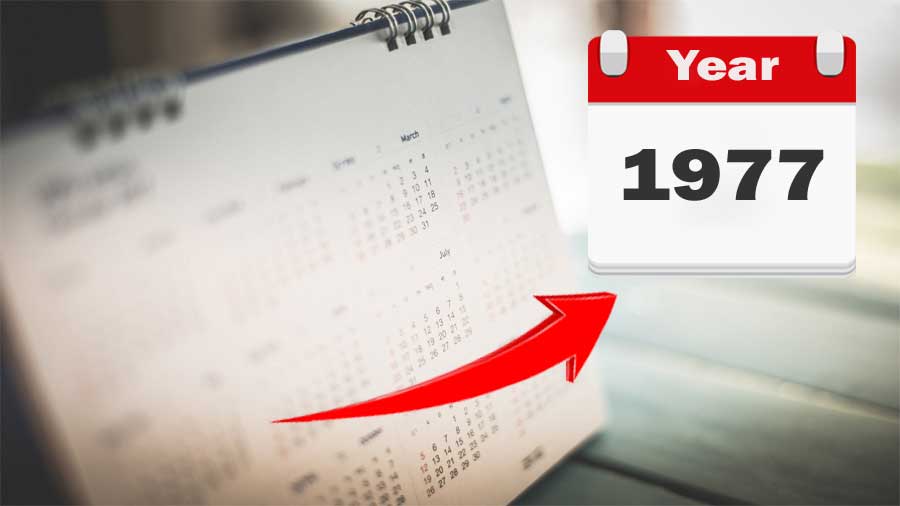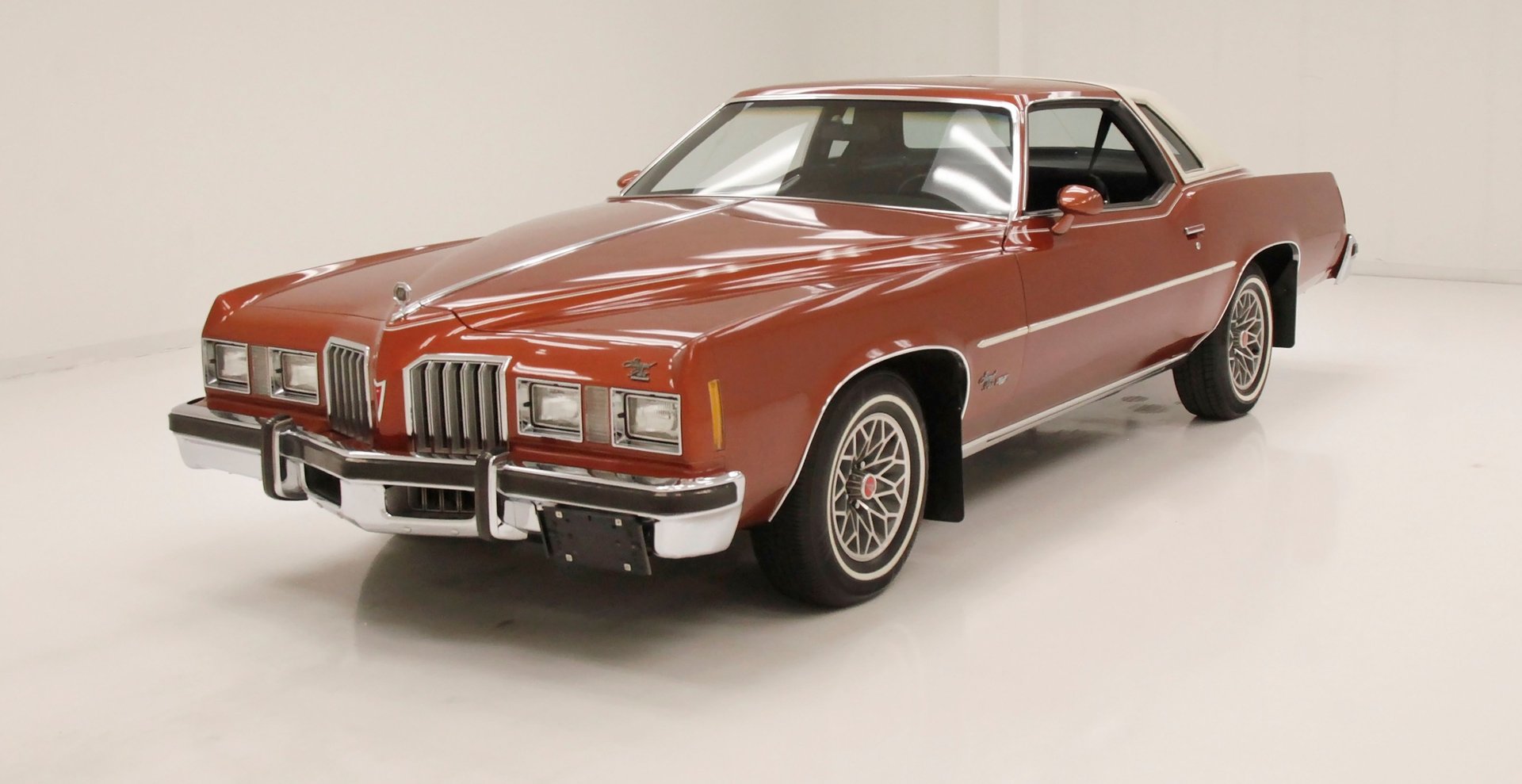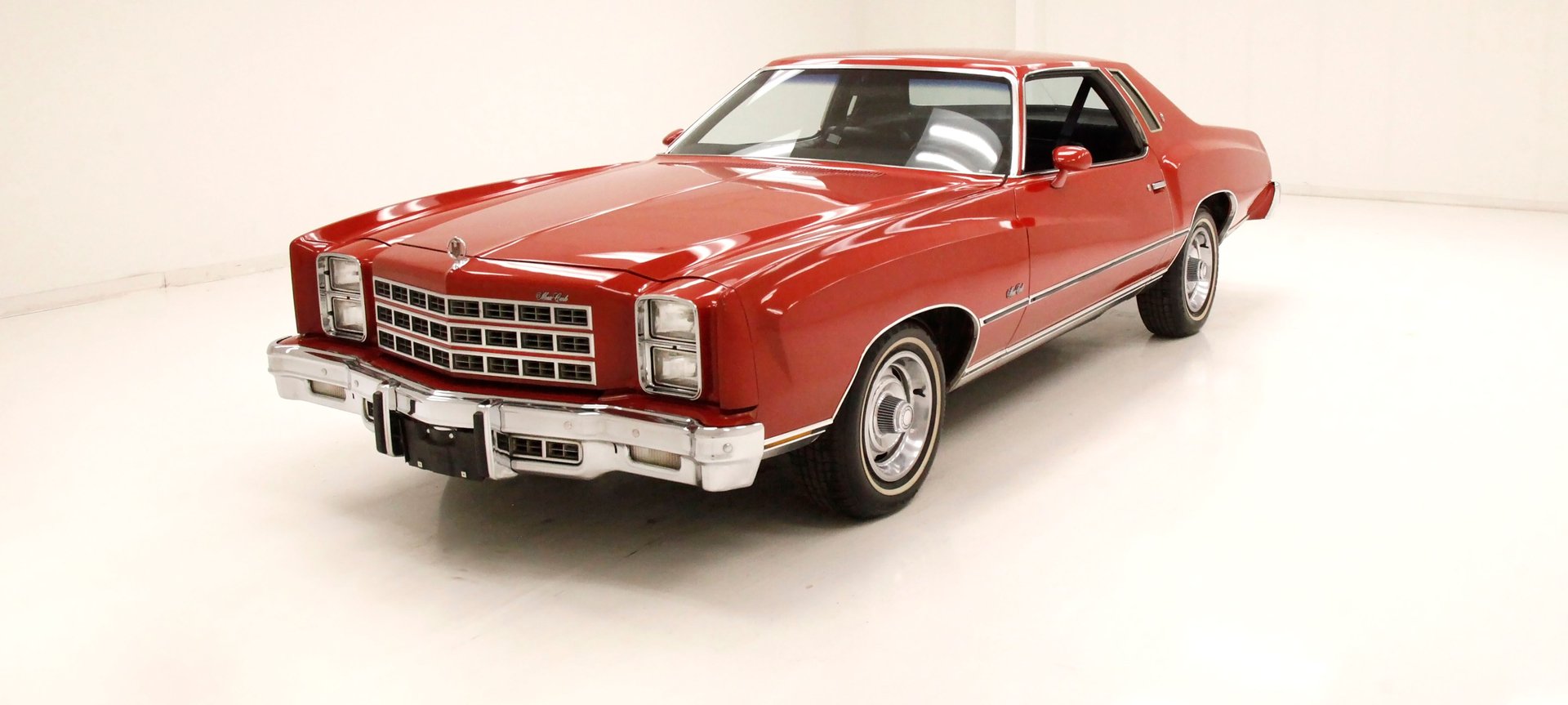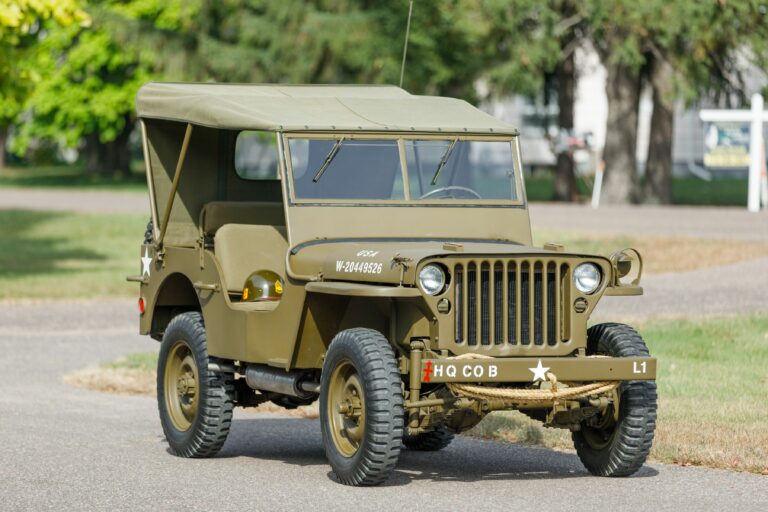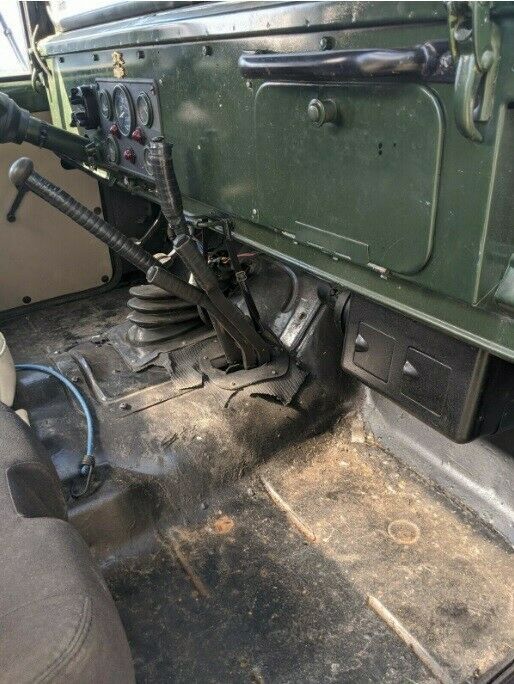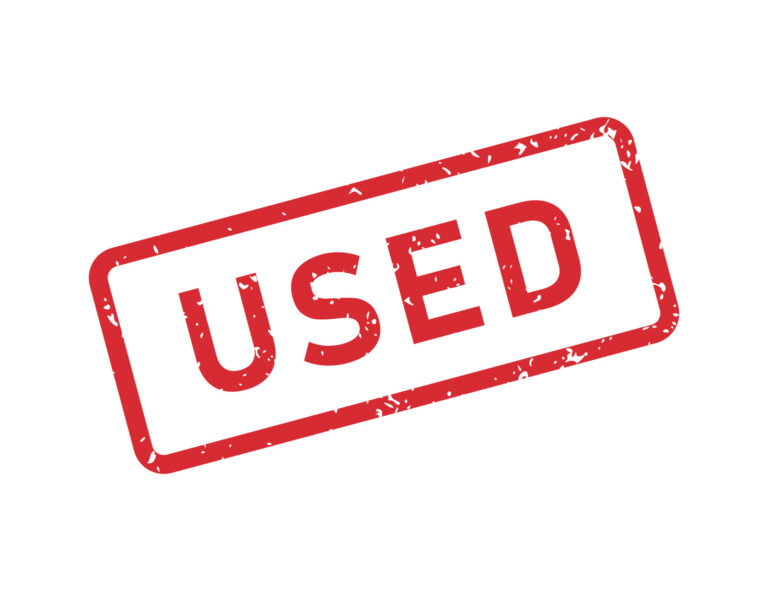1977 Jeep CJ7 For Sale: A Comprehensive Buyer’s Guide
1977 Jeep CJ7 For Sale: A Comprehensive Buyer’s Guide /jeeps.truckstrend.com
The Allure of the 1977 Jeep CJ7
In the vast landscape of classic vehicles, few command the enduring affection and rugged mystique of the Jeep CJ7. Among its storied lineage, the 1977 model year holds a special place, representing a sweet spot in the evolution of this iconic off-road machine. For sale, a 1977 Jeep CJ7 isn’t just a vehicle; it’s a piece of American automotive history, a symbol of freedom, adventure, and unyielding capability. Whether you’re a seasoned off-roader, a classic car collector, or simply someone yearning for the raw, open-air driving experience, the prospect of acquiring a 1977 Jeep CJ7 offers a unique blend of nostalgia and practical utility. This comprehensive guide will navigate the intricacies of finding, evaluating, and purchasing one of these timeless legends, ensuring you’re well-equipped to make an informed decision.
1977 Jeep CJ7 For Sale: A Comprehensive Buyer’s Guide
Why the 1977 CJ7 Stands Out
The Jeep CJ7 (Civilian Jeep, 7th generation) was introduced in 1976, replacing the CJ5 as AMC’s primary civilian off-roader. The 1977 model year, being the second year of production, benefited from early refinements while retaining the classic CJ charm. Its defining characteristic was a 10-inch longer wheelbase than its CJ5 predecessor, measuring 93.5 inches. This seemingly minor change significantly improved ride quality, stability, and interior space, making it a more practical and comfortable vehicle for both on-road cruising and challenging off-road excursions.
Key features that make the 1977 CJ7 particularly appealing include:
- Robust Drivetrain Options: In 1977, buyers could choose from the venerable 258 cubic inch (4.2L) inline-six, renowned for its torque and reliability, or the more powerful 304 cubic inch (5.0L) V8 for those seeking extra grunt. Transmission options included the T-150 three-speed manual, the T-18 four-speed manual (a highly sought-after heavy-duty unit), or the TH400 automatic. The Dana 20 transfer case was standard, known for its strength.
- Improved Comfort: While still a rugged utility vehicle, the longer wheelbase allowed for a slightly wider rear seat and improved legroom compared to the CJ5, making it more accommodating for passengers.
- Classic Aesthetics: The 1977 CJ7 retains the quintessential Jeep look – round headlights, flat fenders, and a removable top and doors – embodying the pure, unfiltered essence of a classic off-roader. It predates many of the more complex electronic systems found in later models, offering a simpler, more direct driving experience that appeals to purists.
- Versatility: From hardcore rock crawling to beach cruising or simply as a nostalgic daily driver, the 1977 CJ7’s adaptability is unmatched. Its relatively simple mechanicals also make it a popular platform for customization and upgrades.
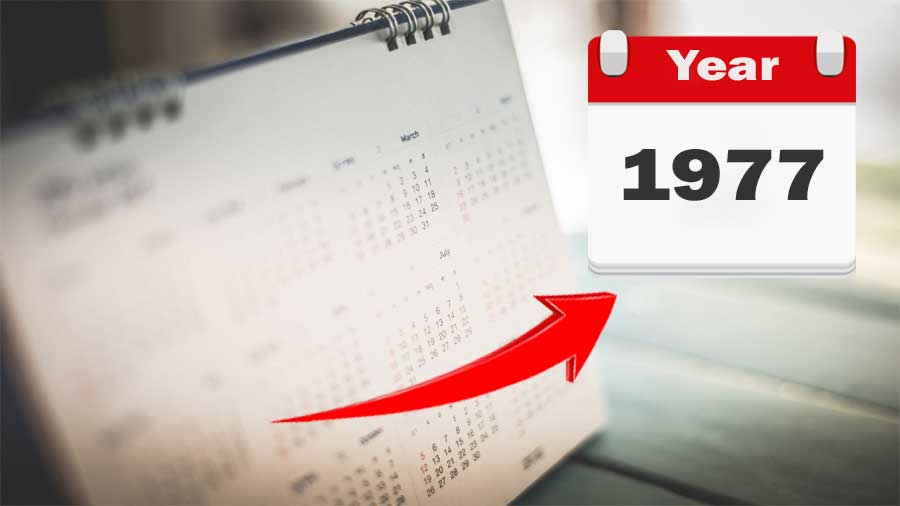
What to Look For: A Buyer’s Guide to the 1977 CJ7
When considering a 1977 Jeep CJ7 for sale, a thorough inspection is paramount. These vehicles are nearly five decades old, and their condition can vary wildly. Here’s a detailed checklist of what to examine:
1. Rust and Body Condition:
This is often the biggest killer of CJs.
- Frame: Inspect the frame rails meticulously, especially where they curve over the axles, near the spring hangers, and at the rear cross member. Look for cracks, repairs, or significant flaking rust.
- Body Tub: Check the floorboards (driver and passenger sides), rocker panels, fender wells, and under the seats. The rear cargo area is also prone to rust, particularly under the spare tire mount.
- Windshield Frame: Rust often starts at the bottom corners where it meets the cowl.
- Doors and Tailgate: Inspect for rust along the seams and bottom edges.

2. Engine and Drivetrain:
- Engine:
- 258 I6: Listen for knocking, excessive smoke (blue for oil, white for coolant, black for rich fuel mix), and strange noises. Check for oil leaks around the valve cover, oil pan, and rear main seal.
- 304 V8: Similar checks as the 258. Pay attention to manifold leaks and overall smoothness.
- Check fluid levels and condition (oil, coolant).
- Transmission: Test all gears, including reverse. Listen for grinding, popping out of gear, or excessive sloppiness. Manual transmissions should shift smoothly. For automatics, check for delayed engagement or harsh shifts.
- Transfer Case (Dana 20): Engage 4-high and 4-low. Listen for grinding or clunking. Check for leaks around the seals.
- Axles (Dana 30 front, AMC 20 rear): Look for fluid leaks at the differential covers and axle seals. Check for excessive play in the U-joints and wheel bearings. The AMC 20 rear axle can have weak two-piece axle shafts; some owners upgrade to one-piece shafts.
3. Suspension and Steering:
- Leaf Springs: Check for cracked leaves or excessive sag, indicating worn springs.
- Shocks: Look for leaks or obvious damage.
- Steering: Check for excessive play in the steering wheel. Inspect tie rods, drag links, and the steering box for looseness or leaks. A common CJ issue is a worn steering box.
- Brakes: Test pedal feel (should be firm, not spongy). Listen for grinding or squealing. Inspect lines for corrosion and calipers/wheel cylinders for leaks.
4. Electrical System:
- Test all lights (headlights, taillights, turn signals, brake lights), gauges, wipers, and horn. CJ wiring can be prone to issues due to age and exposure.
5. Interior and Accessories:
- Check the condition of the seats, dashboard, and gauges. Look for tears, cracks, or non-functional components.
- Inspect the soft top or hardtop for tears, cracks, or missing pieces. Check the condition of doors and windows.
6. Documentation and VIN Verification:
- Ensure the VIN on the vehicle matches the title. Check for a clean title history. Ask for service records or any documentation of past repairs or modifications.
Understanding Condition and Valuation
The price of a 1977 Jeep CJ7 for sale can vary dramatically based on its condition, originality, and the extent of any modifications. Here’s a general breakdown of condition categories and their impact on value:
- Project Vehicle: These CJs require significant work – extensive rust repair, major mechanical overhaul, or complete restoration. They are often non-running or barely running. Ideal for someone with welding and mechanical skills, a large budget for parts, and a lot of time.
- Driver Quality: These vehicles are mechanically sound enough to be driven regularly, but will have cosmetic flaws, minor rust, or need various smaller repairs. They might be modified for off-road use. A good option for those who want to enjoy the Jeep immediately and improve it over time.
- Good Condition: These CJs are well-maintained, with minimal rust, good paint, and solid mechanicals. They might have some tasteful upgrades or be largely original. They represent a reliable classic that can be enjoyed without immediate major investment.
- Excellent/Restored: These vehicles have undergone a professional or high-quality amateur restoration, bringing them back to near-original or better-than-new condition. They are highly presentable and mechanically excellent.
- Show Quality/Concours: The rarest and most expensive category. These CJs are meticulously restored to original factory specifications, often winning awards at shows. Every detail is correct, and they typically have very low mileage since restoration.
Factors that increase value include:
- Original, unmolested condition.
- Rare factory options (e.0g., Levi’s edition, specific engine/transmission combos).
- Solid, rust-free frame and body.
- Well-documented history and service records.
- Professional, high-quality restoration.
Factors that decrease value:
- Extensive rust.
- Major mechanical issues.
- Poorly executed modifications.
- Missing parts or non-original components (unless part of a desirable upgrade).
- Salvage title.
The Ownership Experience: Challenges and Joys
Owning a 1977 Jeep CJ7 is a unique experience, offering both rewards and responsibilities.
Challenges:
- Maintenance: While simple, these vehicles require regular attention. Parts are generally available, but some specific 1977-only components might be harder to source.
- Fuel Economy: Expect single-digit or low double-digit MPG, especially with the V8 or aggressive tires.
- Comfort: It’s a utilitarian vehicle. Don’t expect modern creature comforts like quiet cabins, plush rides, or advanced infotainment.
- Safety: Lacks modern safety features like airbags, ABS, or traction control. Drive defensively.
- Rust Prevention: Ongoing vigilance is required to prevent new rust formation, especially if driven in salty environments.
Joys:
- Unmatched Capability: The CJ7’s off-road prowess is legendary.
- Open-Air Freedom: Remove the top and doors for an unparalleled driving experience.
- Simplicity: Easy to work on for the mechanically inclined. Many repairs can be done in a home garage.
- Community: A vibrant and supportive community of CJ enthusiasts exists online and in clubs, offering advice, parts, and camaraderie.
- Classic Appeal: It turns heads and sparks conversations wherever it goes.
- Investment Potential: Well-maintained or restored CJs tend to hold or increase in value.
Tips for a Successful Purchase
- Set a Realistic Budget: This includes not just the purchase price, but also funds for immediate repairs, registration, insurance, and potential upgrades.
- Do Your Research: Join online CJ forums (e.g., JeepForum.com, CJ-7.com), read up on common issues, and learn about the different engine and drivetrain options.
- Get a Pre-Purchase Inspection (PPI): If you’re not an expert, hire a trusted mechanic specializing in classic Jeeps or 4x4s to perform a thorough inspection. This can save you thousands in unexpected repairs.
- Test Drive Extensively: Drive it on various surfaces, including highway speeds if possible. Test 4WD, brakes, and steering thoroughly.
- Negotiate: Don’t be afraid to negotiate the price, especially if you identify issues during the inspection. Use any identified flaws as leverage.
- Consider the Source: Buying from a private seller often yields better prices, but a reputable classic car dealer might offer a more thoroughly vetted vehicle, though at a premium.
- Be Patient: The right 1977 CJ7 for sale might not appear overnight. Wait for a vehicle that meets your criteria and budget.
1977 Jeep CJ7 For Sale: Estimated Price Guide
The following table provides a general price range for a 1977 Jeep CJ7, based on its condition. These are estimates and actual prices can vary based on location, specific features, engine/transmission combination, originality, and market demand.
| Condition Category | Description | Estimated Price Range (USD) |
|---|---|---|
| Project Vehicle | Needs extensive work (rust, mechanical, body); may not be running or roadworthy. For a full restoration. | $3,000 – $8,000 |
| Driver Quality | Runs and drives reliably; cosmetically rough around the edges, minor rust, needs TLC but usable. | $8,000 – $15,000 |
| Good Condition | Solid, minimal rust, good paint, mechanically sound, well-maintained. Ready to enjoy. | $15,000 – $25,000 |
| Excellent/Restored | High-quality restoration or exceptionally well-preserved original; near-perfect cosmetics and mechanics. | $25,000 – $40,000+ |
| Show Quality/Concours | Meticulously restored to factory specifications or better; museum-quality, rare. | $40,000 – $70,000+ |
Note: Prices can fluctuate based on market trends, geographic location, and specific vehicle history (e.g., rare factory options, documented provenance, celebrity ownership).
Frequently Asked Questions (FAQ) about the 1977 Jeep CJ7 For Sale
Q1: Is the 1977 Jeep CJ7 a good daily driver?
A1: While it can be, it’s generally not ideal by modern standards. It lacks modern comforts (AC, quiet cabin, smooth ride), safety features, and fuel efficiency. It’s best suited as a weekend cruiser, off-road vehicle, or fair-weather daily driver for enthusiasts who appreciate its raw nature.
Q2: What’s the best engine for a 1977 CJ7?
A2: It depends on your priorities. The 258 I6 is highly regarded for its robust torque, reliability, and ease of maintenance, making it excellent for off-roading. The 304 V8 offers more horsepower for highway driving but is less fuel-efficient. For most, the 258 I6 strikes a great balance.
Q3: Are parts hard to find for a 1977 CJ7?
A3: Generally, no. The CJ7 shared many components with other AMC and Jeep vehicles, and there’s a strong aftermarket industry supporting these models. Body panels, engine components, suspension, and drivetrain parts are widely available. Some specific trim pieces or unique 1977-only parts might require more searching.
Q4: Can I easily modify a 1977 CJ7?
A4: Absolutely! The CJ7 is one of the most customizable vehicles ever made. Lift kits, larger tires, engine swaps, axle upgrades, and interior modifications are all common and well-supported by the aftermarket. Just be aware that extensive modifications can sometimes detract from its value if not done professionally.
Q5: What’s the main difference between a CJ5 and a CJ7?
A5: The primary difference is the wheelbase. The CJ7 has a 10-inch longer wheelbase (93.5 inches vs. 83.5 inches for the CJ5). This results in a slightly smoother ride, more interior room (especially for the rear passengers), and improved stability, particularly at highway speeds.
Q6: How much does insurance cost for a 1977 CJ7?
A6: Insurance costs vary widely based on your location, driving record, and the type of coverage. As a classic vehicle, you might be eligible for classic car insurance, which often has lower premiums than standard auto insurance, especially if it’s not a daily driver.
Q7: What are common rust areas to check on a 1977 CJ7?
A7: Key areas are the frame (especially near spring hangers and body mounts), floorboards (front and rear), rocker panels, windshield frame, and the rear cargo area/under the tailgate.
Conclusion
The 1977 Jeep CJ7 for sale represents more than just a classic vehicle; it’s an invitation to a lifestyle of adventure, freedom, and mechanical appreciation. Its rugged simplicity, iconic design, and legendary off-road capabilities have cemented its place as a beloved icon. While acquiring one requires careful inspection and a clear understanding of its condition and value, the rewards of owning and driving a piece of American automotive history are immeasurable. Whether you envision it as a dedicated trail rig, a sunny-day cruiser, or a meticulous restoration project, a 1977 CJ7 promises an authentic and engaging experience unlike any modern vehicle. For the true enthusiast, the hunt for the perfect 1977 Jeep CJ7 isn’t just a transaction; it’s the beginning of a lifelong adventure.
